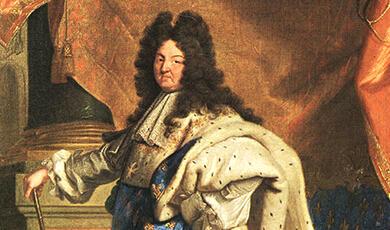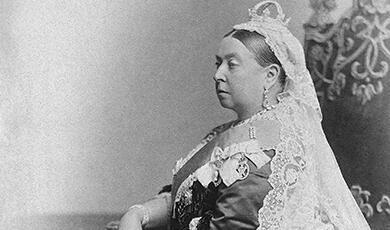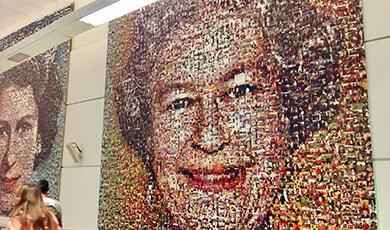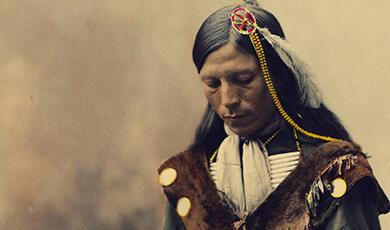Press release: Louis XIV: Versailles, Europe and the Arts

Looks at the reign of Louis XIV, one of the most passionate and wide ranging arts patrons in history
Exploring the life of Louis XIV, who saw himself as both as Alexander the Great, the world conqueror, and as the new Apollo, patron of the arts and sciences
Discussing the lasting influence of Louis XIV on the arts and Europe which can be seen today in the Palace of Versailles and the Louvre
Embargo: 25 Jan 2023 7pm
We would like to invite you to a Gresham lecture by historian Dr Philip Mansel on Louis XIV: Versailles, Europe and the Arts, on 25 Jan 2023. This is the first lecture in the series Portraiture and Power in which leading art historians will discuss some of the world’s greatest patrons of the arts.
Mansel, a historian of courts and cities, and of France and the Ottoman Empire, is author of 13 books, including King of the World: the Life of Louis XIV (2019).
In this lecture Mansel will explore the life of Louis XIV, who saw himself as both as Alexander the Great, the world conqueror, and as the new Apollo, patron of the arts and sciences. Over the course of the longest reign in modern history, from 1643 to 1715, the arts in France flourished, with the design and decoration of the Louvre, Versailles, the Grand Trianon and Marly among the masterworks of the period; the court music was so good that ambassadors posted to other European Courts “had to block their ears;” and he treated artists “almost as equals”.
He will say that “Since the reign of Saint Louis in the thirteenth century, the French monarchy had tried to outshine all others in its patronage of the arts. By the intensity and diversity of his artistic passions, Louis XIV raised this tradition to new heights. He was determined – as his finance minister Colbert told Bernini in 1665, and as his artistic director the Duc d’Antin repeated in 1708 – to spare nothing to make the arts flourish in France, and he succeeded.”
Mansel will discuss Louis XIV’s wide ranging passion for the arts beginning with his love for dress through which he made Paris the fashion capital of Europe. He made his own person into a work of art, through his dress, the jewels with which he covered himself, and his regal manner. Louis XIV’s wide ranging patronage of the arts stretched across ballet, furniture, art, and literature. He treated his leading artists such as the Baroque genius Bernini and the great gardener Andre Le Notre, more than any other monarch of his time, almost as equals.
In architecture, Mansel will describe how Louis XIV personally directed the design and decoration of the Palace of Versailles and the Louvre. He will say that “Finished in 1677, the east wing of the Louvre, like Versailles, convinced contemporaries, that France could surpass Rome, both ancient and modern. Long before it opened as a public museum in 1793, the Louvre had become, as Louis XIV intended, a palace of the arts as well as a royal palace.”
He will finish this lecture by describing Louis XIV’s lasting influence on France and Europe. Monarchs across Europe from Peter the Great to William III in England and Joao V in Portugal would try to imitate Louis XIV’s appearance, court, palaces and gardens.
He will say that “As in the reign of Louis XIV, Versailles is still a centre of entertainments today and the most visited palace in the world, after the Forbidden City. It will have even more visitors when the park is site of riding and swimming events for the 2024 Olympic. The current exhibition at Versailles on ‘Louis XV: the Passions of a Prince’ shows how his successor continued the artistic passions of Louis XIV, King of France and King of the Arts. Over three hundred years after Louis XIV’s death in 1715, he is still alive at Versailles.”
ENDS
Notes to Editors
You can sign up to watch the hybrid lecture online or in person; or email us for an embargoed transcript or speak to the Professors: l.graves@gresham.ac.uk / 07799 738 439
Read more on Philip Mansel, who is a historian of courts and cities, and of France and the Ottoman Empire.


 Login
Login



